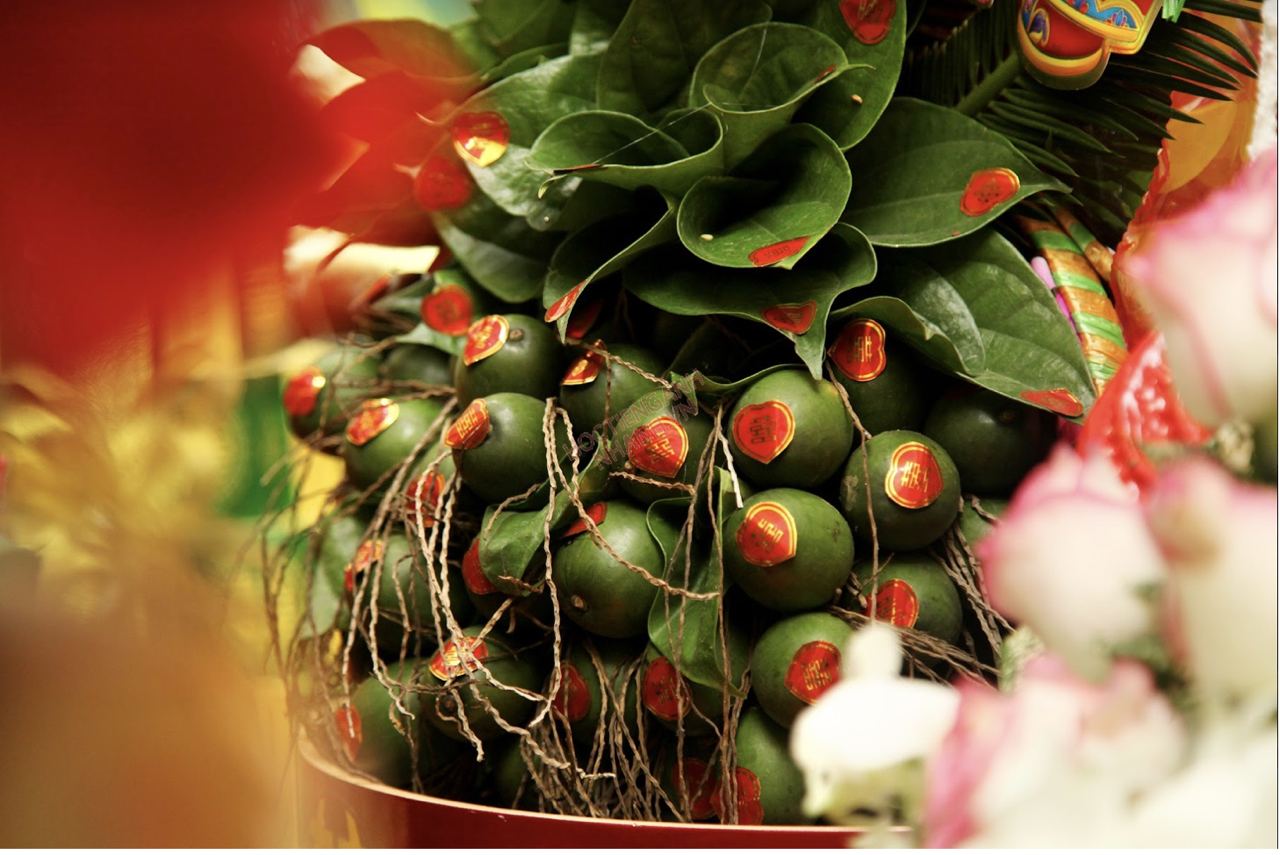Some Southeast Asian nations have a long-standing tradition of betel chewing. This practice has been practiced for thousands of years, especially in Vietnam, and has evolved into a lovely aspect of traditional cultural identity.
According to legend, the practice of chewing betel dates back to Hung King’s reign and is connected to a heartwarming tale of the love between brothers and husband and wife. The practice of chewing betel has now evolved into a necessary part of Vietnamese culture. Chewing betel was once a habit and a means of attractiveness, but with time it has evolved into one of the fundamental aspects of Vietnamese culture. It is a distinctive way that Vietnamese people communicate.
The phrase “Betel is the beginning of the story” encourages interpersonal harmony and openness. When visitors are welcomed into the home and given betel, delight is multiplied; To celebrate happiness, the wedding party has a plate of betel; Invite strangers to betel pieces on New Year’s Day to meet and form friendships. It can be seen that Betel is a symbol of gratitude and closeness for acquaintances. On chilly winter days, betel nut bits can keep people warm. The betel nut also represents the reverence that the younger generation has for the elders through offerings made in their honor and sacrifices made to the gods.
Betel, areca, and lime make up the three-talent model in accordance with the ancient Vietnamese people’s worldview, which derives from the idea that the universe’s three basic elements are Heaven, Earth, and Humans. These three components are interconnected and always work best together. The betel piece is more than just a pastime; it also represents a couple’s love, which takes the initiative, connects the couple together, and serves as the thread that ties man and woman together as husband and wife. As a result, before the wedding, there is a second ceremony called the “engagement ceremony” or “betel/rich ceremony.”

The groom’s family is bringing this ceremony. A tray of betel and areca, in addition to pastries, fruits, and wine, is essential. enormous, round, gorgeous, shiny, and uniform throughout, the areca fruit chamber is covered in layers of enormous, green betel leaves. The betel and areca tray is usually positioned first in engagement offerings and always covered with a scarlet cloth to symbolize luck. The bride’s family frequently invites Mac family members, neighbors, and friends to join them in celebrating with the homeowner at their children’s and grandchildren’s weddings by sharing betel and areca nuts with them after the ceremony.
The practice of chewing betel and giving betel is now less common than it once was, being practiced primarily by elderly people in rural areas. However, betel and areca nuts are still necessary for familial ties, friendships, celebrations, and weddings. because betel pieces are inextricably linked to Vietnamese people’s daily lives and bear traces of Vietnamese culture.
